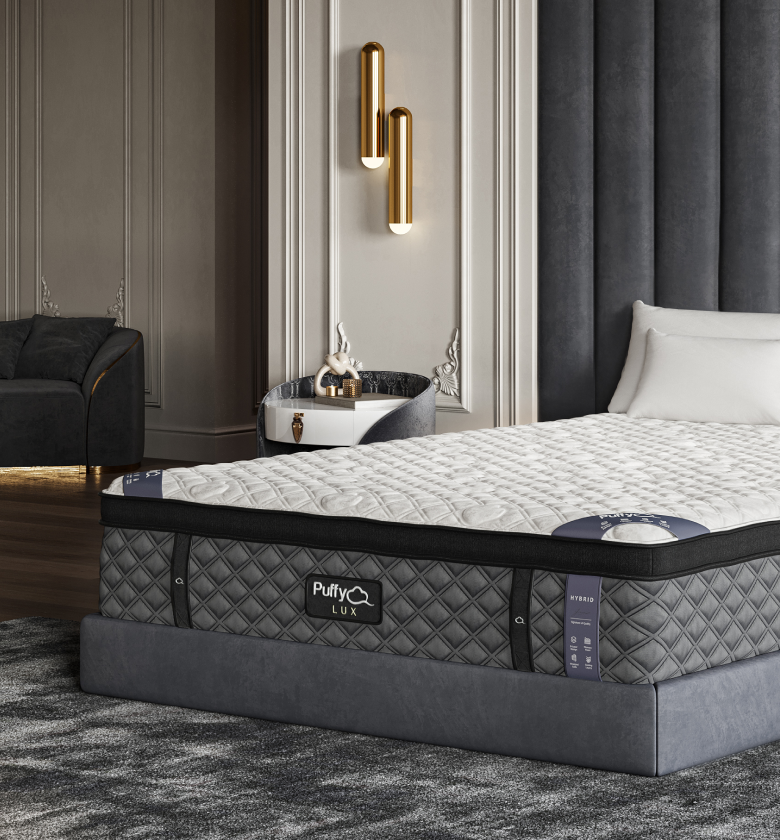Parents, we get it. When it comes to your child, every decision feels monumental, and that includes selecting the right crib mattress. The question of "how firm should a crib mattress be" isn't just about comfort; it's also about safety. Let's dive in and clarify the mysteries surrounding the optimal firmness level for a crib mattress.
Firm Crib Mattress: The Standard
The American Academy of Pediatrics (AAP) recommends a firm crib mattress to reduce the risk of Sudden Infant Death Syndrome (SIDS). But what exactly defines "firm"?
Indentation Load Deflection (ILD)
This is the measure of firmness in mattresses. For crib mattresses, an ILD of 36 or higher is generally considered firm.
Government Regulations
Federal guidelines specify how a crib mattress should perform under pressure, literally. Compliance with these standards ensures the mattress is firm enough for your baby.
Quality Brands
Opting for trusted brands that specialize in baby sleep products can be a good strategy to ensure your crib mattress meets the safety criteria.
How to Tell If a Crib Mattress is Firm Enough
It can be daunting to navigate this, but here are some practical ways to test the firmness level:
The Hand Test
Press your hand into the mattress and observe how quickly it regains its shape. A quicker rebound indicates better firmness.
The Squeeze Test
Grab the mattress from opposite sides and try to bring your hands together. The harder it is, the firmer the mattress.
Check for Certifications
Look for certifications like the CertiPUR-US® or GreenGuard Gold, which can assure you of the mattress's safety standards.
The Relationship Between Material and Firmness
Yes, the material matters, and here's how:
Innerspring Mattresses
Generally provide better firmness but can be on the heavier side.
Foam Mattresses
Lighter and easier to manage but ensure it's a high-density foam for better firmness.
Organic Materials
Natural materials like organic cotton can offer firmness but make sure they meet safety standards.
Crib Mattress Firmness and Sleep Quality
Is there a trade-off between safety and sleep quality? Actually, no. Firm mattresses support the baby’s still-developing body and can lead to better sleep quality. The absence of sagging sections means a more uniform sleeping surface, which is less likely to interrupt your baby's sleep.
Check out Puffy mattress reviews from real customers and see how we compare with other brands.
When to Consider Replacing Your Crib Mattress
Mattresses lose their firmness over time. Here’s when you should think about a replacement:
Visible Signs of Wear
Sagging, lumps, or exposed inner material are red flags.
The Baby's Weight
As your child grows, the mattress will naturally soften under their weight. Keep an eye on it.
Check the Warranty
Mattresses come with a shelf-life. Once it's up, consider a replacement even if it appears fine.
Conclusion: Balancing Safety and Comfort
Choosing the right crib mattress goes beyond the aesthetics or even the price tag. The firmness of the mattress plays a crucial role in ensuring the safety and comfort of your most cherished one. As you navigate this path, remember that a firm mattress is more than a recommendation; it's a safety standard that can offer you peace of mind and your baby, a peaceful night’s sleep.
Use our store locator to find the closest furniture or mattress store near you and feel the cloudlike comfort of our Puffy Mattress in person.
So, when confronted with the question, "how firm should a crib mattress be?", you can now answer with confidence and facts. Because, let's face it, parenthood is already complicated enough. Let's take the guesswork out of at least one aspect of it.

- Award-winning comfort.
- Lifetime warranty.
- 101-night sleep trial.
- Free shipping and returns.
- 100% made in USA.












